#charles maurice de talleyrand périgord
Text
Books about Napoleonic era (and Polish history) - 3
Good day, dear all, and let me share with you some books I've read recently.
And because today is the birthday of Tadeusz Kościuszko I'll start with a biography of him The Peasant Prince, by the American historian Alex Storozynski:

2. One more position about the Polish history, in English, I'd like to recommend you is Richard Butterwick's The Polish-Lithuanian Commonwealth, 1733–1795: Light and Flame, dedicated to the reigns of Polish-Lithuanian two last kings, Augustus III Wettin and Stanisław August Poniatowski:
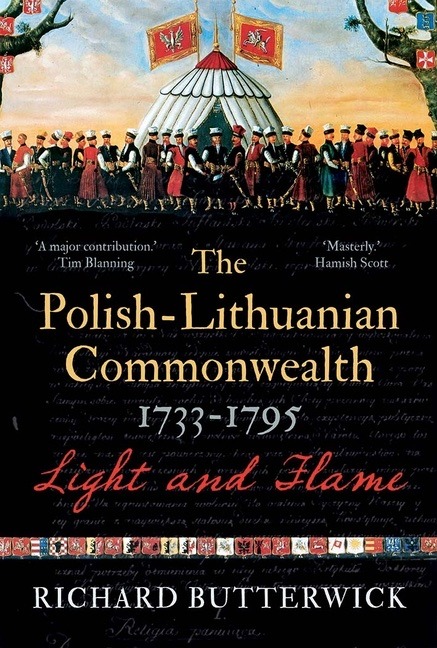
From the topic of Polish history let's switch to the French one.
3. One more addition to my collection of Talleyrand's biographies was this one, written by Robin Harris:

4-5. Then, there were two books about Napoleon's private life, by Octave Aubry and Sigrid-Maria Größing:
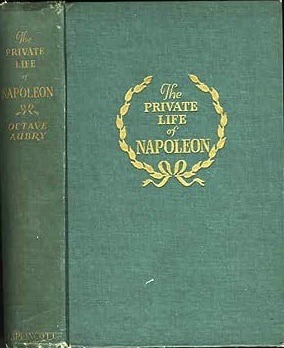

6-7. A study on the topic of French revolutionary and imperial generals, by Georges Six, and George Nafziger's Imperial Bayonets. (These were books with lots of military details, so I can't say I've enjoyed them thoroughly, rather not belonging to their target audience))
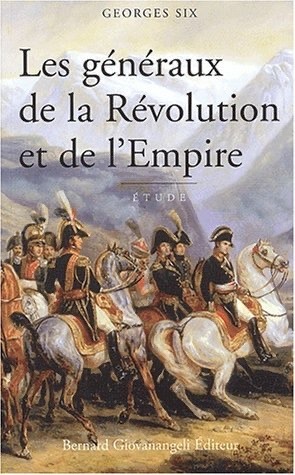

8. And this is a book I really liked, The anatomy of Glory by Henry Lachouque! And though its subtitle (Napoleon and his Guards) kinda states the book will be focused on the Imperial Guards, in fact its topics turned out much more wider, including information on Napoleon himself, France and even some details of the usual life of that times:

9. The book majority of you have already read, The Iron Marshal, a biography of Louis Nicolas Davout by John Gallaher:

10-11. And the last but not the least - two books on Murat. The first is a book by the French historian Jean Tulard and the second is an impressive work of Sarah Hammel @joachimnapoleon.


Thanks a lot, Sarah, for letting as see Joachim Murat through his letters, from his own point of view!
#books#napoleonic era#history books#kościuszko#tadeusz kościuszko#Alex Storozynski#Polish-Lithuanian Commonwealth#Richard Butterwick#Talleyrand#charles maurice de talleyrand périgord#Robin Harris#napoleon#napoleon bonaparte#Octave Aubry#Sigrid-Maria Größing#Georges Six#George Nafziger#Henry Lachouque#Louis Nicolas Davout#John Gallaher#joachim murat#jean tulard#Sarah Hammel
38 notes
·
View notes
Text
Victor Hugo on Talleyrand's death
For @empirearchives who was interested, here's a translation of Victor Hugo's text about Talleyrand's death. My thanks to @microcosme11 for her help <33
Choses Vues, Victor Hugo
1838
Talleyrand
19th of May
In the Rue St-Florentin, there is a palace and a sewer.
The palace, with its noble, rich, and dull architecture, was long called "Hôtel de l'Infuntado"; today, we read on its front door: Hôtel Talleyrand. During the fourty years he lived on this street, the last host of this palace might never have set eyes on this sewer.
He was a stranged, feared, and considerable character: his name was Charles-Maurice de Périgord; he was noble as Machiavel, a priest like Gondi, defrocked like Fouché, witty as Voltaire, and lame as the devil. One could say that everything limped with him: the nobility which he had put to the service of the republic, the priesthood he had dragged on the Champ-de-Mars then threw down the drain, the marriage he had broken by twenty scandals and by a voluntary separation, the wit he dishonoured through vileness. This man, nevertheless, had grandeur.
The splendours of both regimes were mixed together inside of him: he was prince of the old kingdom of France, and prince of the French Empire.
For thirty years, from the depth of his palace, from the depth of his mind, he had just about led Europe. He had let the revolution call him "tu", and had smiled at it, ironically of course; but it had not noticed. He had approached, known, observed, pierced, stirred, upturned, delved into, mocked, intellectually fertilized all the men of his era, all the ideas of his century, and there had been a few minutes in his life when, holding in his hand the four or five fearsome threads that moved the civilized universe, he had had for a puppet Napoleon the First, Emperor of the French, King of Italy, Protector of the Confederation of the Rhine, Mediator of the Swiss Confederation. Such was the game this man played.
After the Revolution of July, that old race, whose grand chambellan he was, having fallen, he found himself standing on one foot and told the people of 1830, sitting, bare-armed, on a pile of cobbles: Make me your ambassador.
He had received Mirabeau's last confession and Thiers' first confidence. He had said himself he was a great poet and had made a trilogy in three dynasties: Act I, Buonaparte's Empire; Act 2, The House of Bourbon; Act 3, The House of Orleans.
He had done all of this in his palace, and, in this palace, like a spider in its web, he had attracted into it and taken successively heroes, thinkers, great men, conquerors, kings, princes, emperors, Bonaparte, Sieyès, Mme de Staël, Chateaubriand, Benjamin Constant, Alexander of Russia, Wilhelm of Prussia, Francis of Austria, Louis XVIII, Louis-Philippe, all the golden, shiny flies who buzzed in the history of those last fourty years. The whole sparkling swarm, fascinated by this man's deep eye, had successively passed under the dark door that bore, written on its architrave: Hôtel Talleyrand.
Well, the day before yesterday, 17 March, 1838, that man died. Doctors came and embalmed the corpse. For this, like the Egyptians, they first withdrew the bowels from the belly and the brain from the skull. Once done, after they had transformed the prince de Talleyrand into a mummy, and nailed this mummy in a white satin-lined coffin, they withdrew, leaving upon a table the brain, that brain which thought so many things, inspired so many men, built so many edifices, led two revolutions, fooled twenty kings, contained the world.
Once the doctors were gone, a valet entered, he saw what they had left. Hold on! they forgot this. What to do ? He remembered that there was a sewer in the street, he went there, and threw that brain into this sewer.
Finis rerum.
73 notes
·
View notes
Text
this is the shit talleyrand wanted to do with hamilton if he came to france with philip

#can't believe i haven't used the macron lula wedding pics for founding father memes before#“stole a portrait of hamilton before leaving” talleyrand#jesus christ they were all insane weren't they#charles maurice de talleyrand périgord#alexander hamilton#historical hamilton#amrev#amrev fandom
12 notes
·
View notes
Text
May 17, 1838 - Talleyrand's death day. Here's his tomb:

Here's his tomb if he had died before Napoleon:

#talleyrand#charles maurice de talleyrand périgord#talleyrands death#may 17 1838#a shit in silk stockings#you have no idea how long ive been sitting on this post and WAITING for today to post it lmao
14 notes
·
View notes
Text
“Vous vous souviendres toujours, j’espere, que vous m’aves promis de m’envoyer dans quelques années votre fils aine pour lui faire faire son voyage de france.”
(source)
Charles Maurice de Talleyrand-Périgord To Alexander Hamilton [ 12 November 1796 ]
Using the extremely reliable translation source that is Google translate, Talleyrand is offering to take Philip Hamilton, AH's eldest son, on a trip to France;
“You will always remember, I hope, that you promised to send me your eldest son in a few years to take him on his trip to France.”
Which I find interesting, it could imply Philip knew the French language, as it would be essential for him to know if he was to travel there. Perhaps he was tutored like his sister, Angelica? Or perhaps by Talleyrand himself? Either way, disappointedly; we actually don't know if he went or not. Nothing seems to imply he ever actually did, unfortunately.
#I find it funny this was near the time Philip also wanted to go to Europe and be tutored with his cousins#Dude just really wanted to visit Europe#Unfortunately he never did :[#amrev#american history#american revolution#alexander hamilton#historical alexander hamilton#philip hamilton#charles maurice de talleyrand périgord#hamilchildren#history#hamilton family#hamilton children#hamilkids#hamilton kids#cicero's history lessons#letters
27 notes
·
View notes
Text
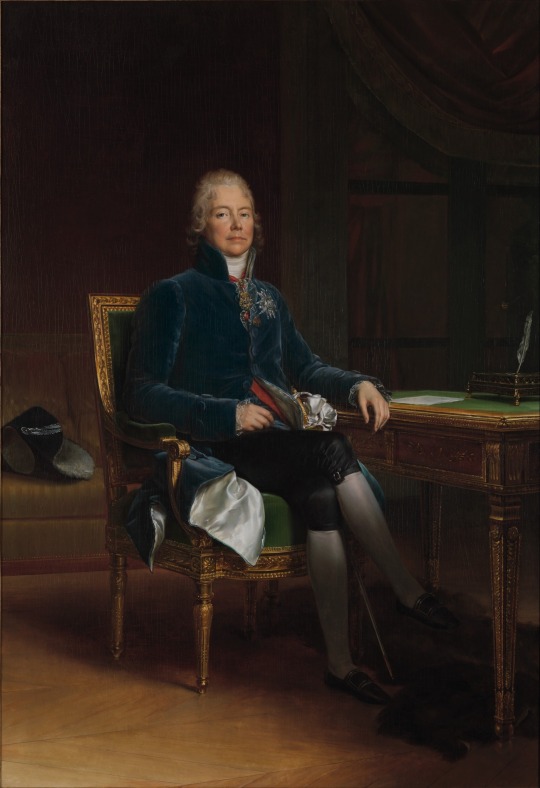
Charles Maurice de Talleyrand Périgord (1754–1838), Prince de Bénévent
by François Gérard
#charles maurice de talleyrand périgord#prince de bénévent#art#portrait#painting#françois gérard#history#europe#european#france#french#napoleonic#french revolutionary wars#napoleonic wars#aristocratic#aristocrat#prince of benevento#bishop#prince#bishop of autun#diplomat#foreign minister#diplomatic#clergy#french revolution#diplomacy#government
21 notes
·
View notes
Text

0 notes
Text

Augustin-Louis de Talleyrand-Périgord
He was the cousin of Charles-Maurice de Talleyrand-Périgord.
Painting by Jean-Baptiste Greuze
ca. 1790s
#Augustin-Louis de Talleyrand-Périgord#Talleyrand#Charles-Maurice de Talleyrand-Périgord#painting#portrait#French art#napoleonic era#19th century#first french empire#18th century#frev#rococo#neoclassicism#neoclassical art
103 notes
·
View notes
Text
The session of plenipotentiaries that never happened,
Or The tale of how I rediscovered that one lithography of Isabey’s famous painting in extremely high resolution and went through a total recall, so that everybody could suffer (myself including) ⭐️
The arrival of the Duke of Wellington had not only affected Vienna's diplomatic activity and social calendar; it was also posing a problem to the painter Jean-Baptiste Isabey, who was trying to capture the congress on canvas. He had been working for some time, and he had finally found a way to balance all the strong personalities, many of them patrons, into one single painting, and yet not offend national sensibilities or fragile egos.
The painting, which depicted the delegates gathered in a conference room, turned out to be a compromise in the best spirit of Vienna diplomacy.
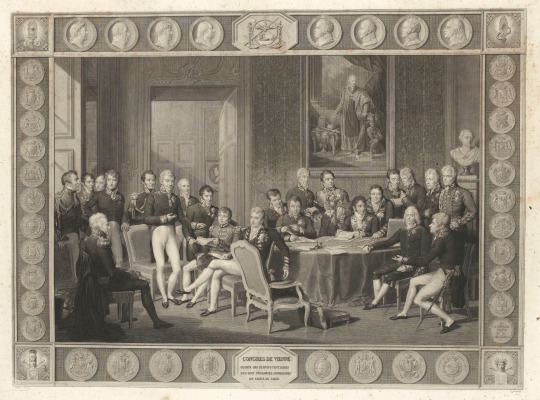
Metternich, the president of the Congress, draws the eye, as the only standing figure in the foreground.
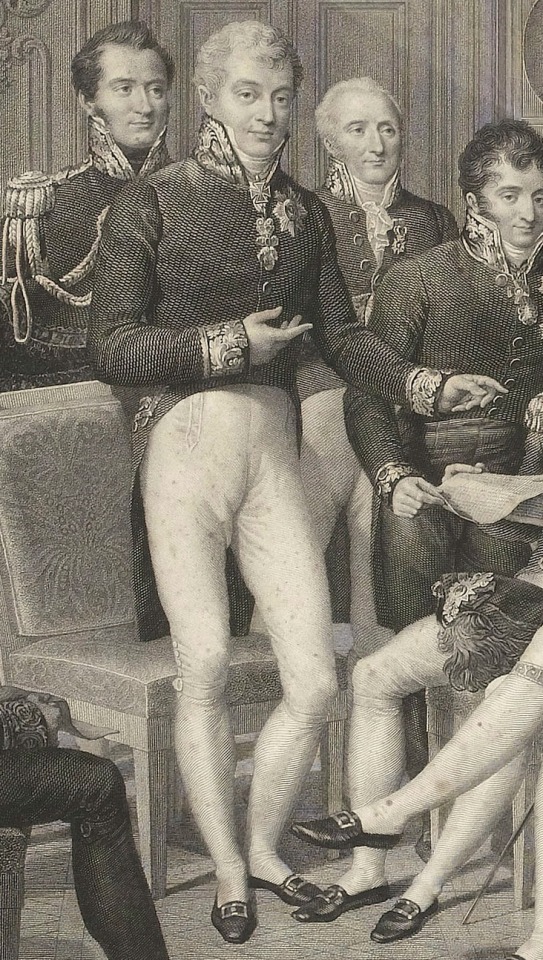
Castlereagh, though, commands the center, sitting with his legs gracefully crossed and elbow resting on the table.
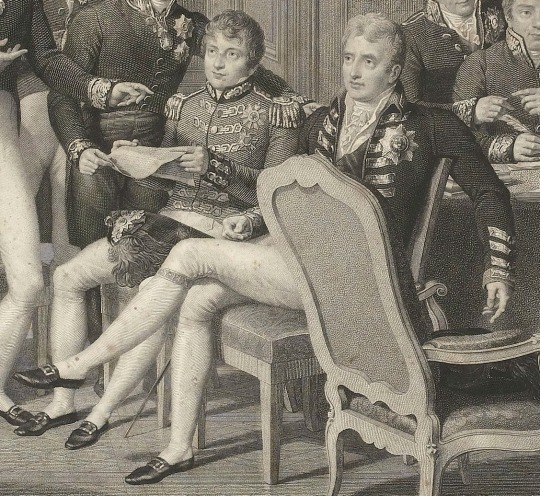
The light shining through the window, however, falls onto Talleyrand, sitting across the table with his dress sword at his side. An empty chair on both his right and left make him further stand out, as do the nearby figures who look to him, just as many of the smaller powers had sought his leadership the last few months.

As Isabey was putting the finishing touches to his composition, he had to figure out what to do about the fact that the Duke of Wellington was now also in town. Starting over was out of the question. Omitting a man of his stature was equally impossible. Yet it was not easy to incorporate him into a canvas on which all the best places had already been taken. The painter's solution was simple and elegant: why not make the painting commemorate the Duke of Wellington's arrival in Vienna?
That way, the duke could simply be inserted on the far left side of the painting, without any insult to his position. As for the duke's reluctance to be painted from a side angle (he was self-conscious about his nose), Isabey had overcome that with a well-targeted compliment: didn't Wellington look like the handsome and chivalric Henry IV? Pleased with this comparison, Wellington accepted, joking that Isabey was a "good enough diplomat to take part in the Congress".
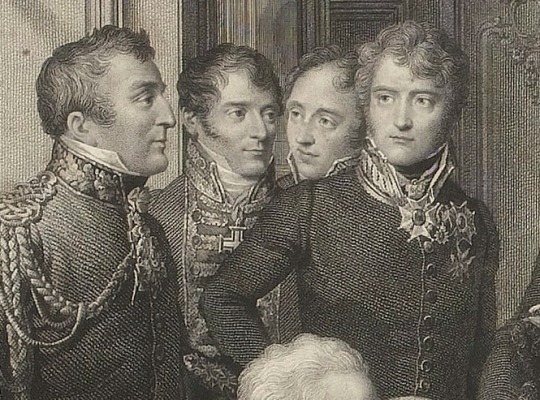
The painter also had to apply his finesse to convince Humboldt to enter the studio. The Prussian ambassador hated to have his portrait made, and, sure enough, he first declined, claiming that he had "too ugly a face ever to spend a penny" on a portrait. With this statement, Isabey saw his opportunity and emphasized that he would not "ask the slightest recompense for the pleasant trouble I am going to take". Isabey only wanted "the favor of a few sittings".
"Oh, is that all?" Humboldt quickly came around when he realized it would not cost him anything. "You can have as many sittings as you like".
Later, many congratulated Isabey on his portrait, particularly the fine job with Humboldt. The Prussian did not pay anything, as agreed, and Isabey got his revenge, Humboldt joked, by painting "an excellent likeness of me".
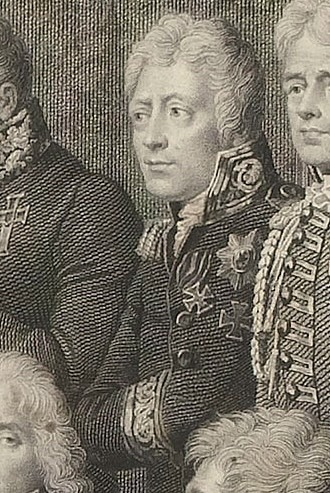
Few could complain of the treatment received from Isabey's flattering brush. This famous painting of the Congress of Vienna was pleasing to all, though typical of this peace conference, the scene was purely imaginary. The group of twenty-three delegates had never met in exactly this way before. Isabey had painted the portraits of each figure individually, and then later assembled the whole group together.
And so, symbolically, this simulated image would commemorate a congress that never was.
After that spectacular depiction of historical context surrounding Isabey’s magnificent canvas by David King few things are left to be added. I would simply love to highlight some other figures of utmost importance for the diplomatic life of that illustrious historical period - there are
Karl August von Hardenberg, Prime Minister of Prussia at the time;
Herren Wacken and Friedrich von Gentz, two Secretaries who were responsible for the protocols of the most important Congress' meetings;
count Karl Vasilyevich Nesselrode, a Russian-German diplomat, who was going to become state chancellor of the Russian Empire (in 1816);
prince Andrey (Andrew) Kirillovich Razumovsky, an extremely wealthy Russian aristocrat and diplomat, for whom Vienna was like his second home;
and we shouldn’t (or rather can’t) forget about general Charles Stewart-Vane, Castlereagh’s younger brother who definitely knew how to throw an unforgettable party, so refined aristocratic society could discuss his wild adventures at their fashionable salon meetings day and night. ✨


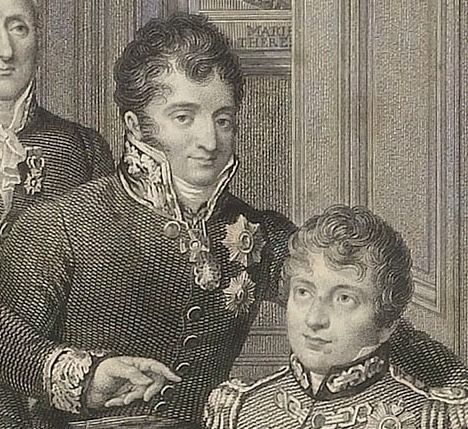
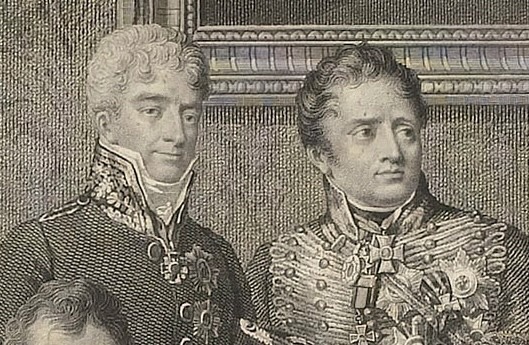
P.S.
Perhaps, there should be more posts with other details of the lithograph as well as Isabey’s original canvas, I’ll just need some time and motivation for that. 👌
#I bet some people know perfectly well what was playing in the background during the arrangement of this post 🤫#the congress of vienna#klemens von metternich#metternich#robert stewart#lord castlereagh#charles-maurice de talleyrand-périgord#talleyrand#wilhelm von humboldt#humboldt#hardenberg#friedrich von gentz#nesselrode#prince razumovsky#charles stewart-vane#napoleonic era#napoleonic wars#19th century#1814#1815
43 notes
·
View notes
Text
Congress of Hallo"wien" !!

#歴史創作#my art#Congress of Vienna#19th century#happy halloween#klemens von metternich#lord castlereagh#Charles-Maurice de Talleyrand-Périgord#Charles Vane#Duke of Wellington#Frederick William III#Alexander I#Francis II#Napoleon…?
24 notes
·
View notes
Text
Growing up from a weird little kid to an even weirder adult is so much fun. Cause now I don’t give a fuck if I’m weird to others I’m out here having fun living my life. And it’s just funny to see people who thought I’d grow out of it watch in horror as it just solidified into my personality forever now.
#weird kid#why yes I will talk about this cartoon that hasn’t aired since I was 8 for hours#who wants to know one of my fav people in history#it’s Charles Maurice de Talleyrand-Périgord#please look him up because his whole political career cracks me up
7 notes
·
View notes
Photo

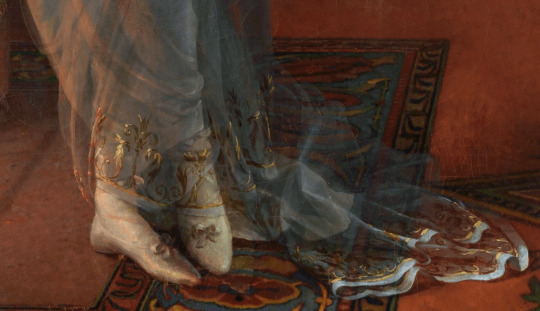
François Gérard (1770-1837, French) ~ Madame Charles Maurice de Talleyrand Périgord, 1804
[Source: metmuseum.org]
422 notes
·
View notes
Text
"Whoever did not live in the eighteenth century before the Revolution does not know the sweetness of life and cannot imagine what happiness there can be in life. It is the century that forged all victorious weapons against this elusive adversary called boredom. Love, Poetry, Music, Theater, Painting, Architecture, Courtyard, Lounges, Parks and Gardens, Gastronomy, Letters, Arts, Sciences, all contributed to the satisfaction of physical, intellectual and even moral appetites, to the refinement of all voluptuousness, all elegance and all pleasures. The existence was so full that if the seventeenth century was the Great Century of glories, the eighteenth was that of indigestion."
-Charles Maurice de Talleyrand-Périgord
6 notes
·
View notes
Text

„Cafeaua este neagră ca diavolul, fierbinte ca iadul, pură ca un înger şi dulce ca dragostea.” – Charles Maurice de Talleyrand-Périgord🌷💙
7 notes
·
View notes
Text

“Talleyrand, a strange creature,” couldn't have put it better myself.
10 notes
·
View notes
Photo

Charles Maurice de Talleyrand Périgord (1754–1838), Prince de Talleyrand. 1817. Credit line: Purchase, Mrs. Charles Wrightsman Gift, in memory of Jacqueline Bouvier Kennedy Onassis, 1994 https://www.metmuseum.org/art/collection/search/437340
#aesthetic#art#abstract art#art museum#art history#The Metropolitan Museum of Art#museum#museum photography#museum aesthetic#dark academia
8 notes
·
View notes